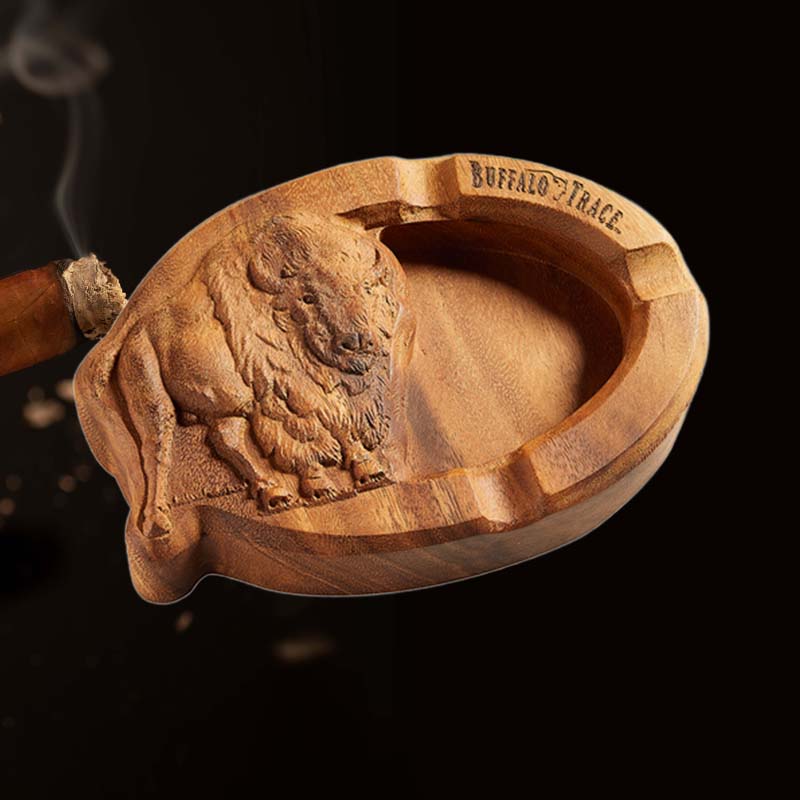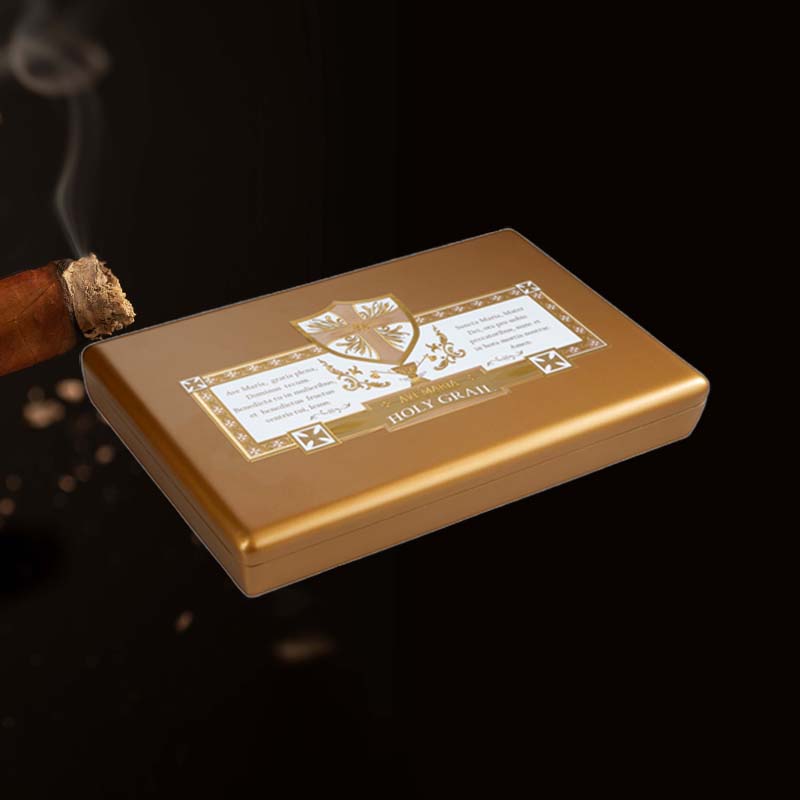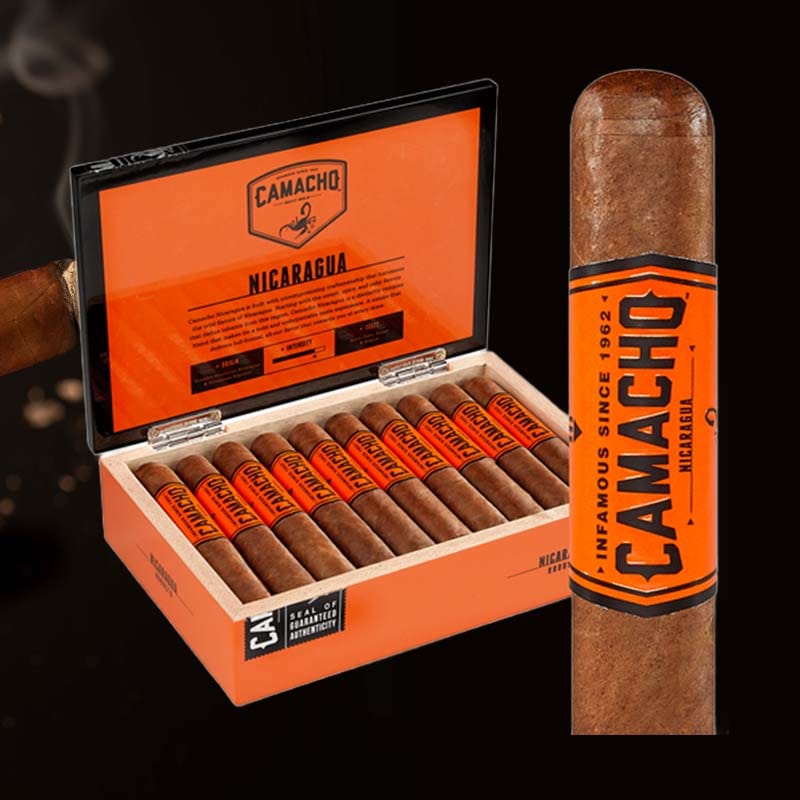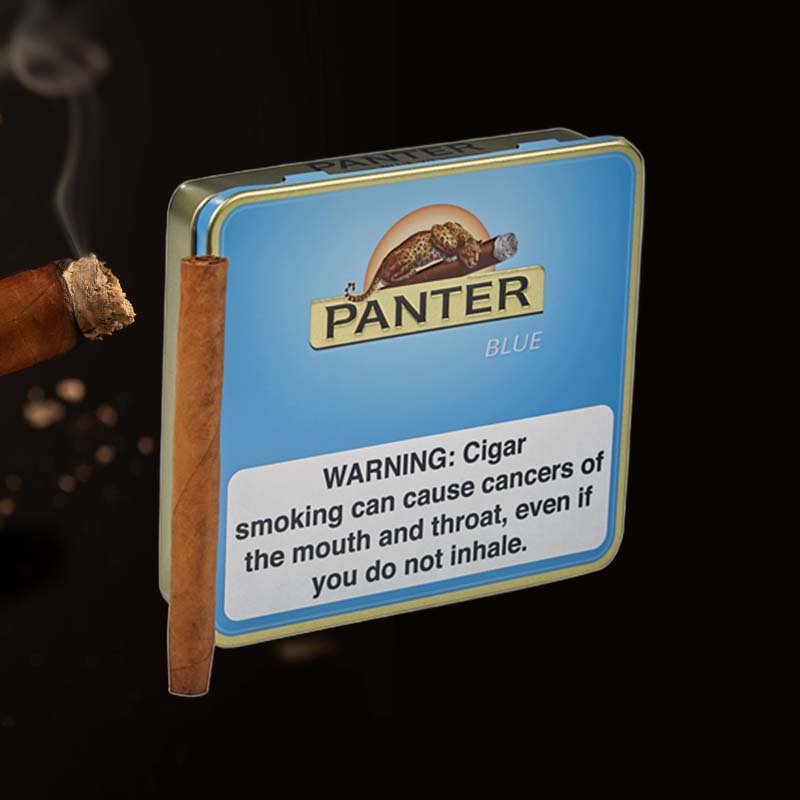Butane torch lighter troubleshooting
Let’s be honest; there’s nothing more frustrating than a butane torch lighter that refuses to cooperate when you’re ready to light your cigar or fire up the grill. As someone who has relied on these handy devices for years, I can tell you that when a torch gets stubborn, it can feel like the world is against you. However, troubleshooting your butane torch lighter doesn’t have to be an overwhelming process. With the right guidance, you can resolve most issues swiftly and get back to enjoying those moments that matter.
Use High-Quality Butane
Starting with quality fuel is key in ensuring your torch performs well. I’ve learned this the hard way!
Impact of Poor-Quality Fuel on Performance
Using low-grade butane can lead to inconsistent flames and clogging, which can diminish the overall experience. It’s like using cheap gas for your car; it just doesn’t work as efficiently!
Check the Flame
When the flame is flickering or barely visible, it may spark frustration.
Diagnosing Flame Issues
- Is the flame too low? A common culprit could be the fuel level.
- Is it flickering? Check for drafts that may be interfering.
- Is it burning unevenly? Inspect the jets for clogs.
Check the Flint
The flint may be more critical than you think!
When and How to Replace Flint
- Determine if the flint is worn by testing the spark.
- To replace, simply open the lighter, remove the old flint, and insert a new one.
- Make sure you follow the manufacturer’s instructions for your specific model.
Check for a Hissing Sound
Hissing? That’s not a good sign!
Identifying Leak Issues
If your lighter is making a hissing sound, it could indicate a fuel leak. It’s crucial to address this promptly to avoid potential hazards.
Bleed the Tank Before Refilling
Before refilling, bleeding the tank is critical.
Steps to Safely Bleed Your Lighter
- Use a small screwdriver to press the bleed valve.
- Point the lighter away from your body and any flammable materials.
- Allow the excess gas to escape until you hear a change in pitch, indicating the tank is clear.
Wait for Your Lighter to Warm Up After Refilling
That’s right; patience is a virtue!
The Importance of Heating Up the Lighter
After refilling, the butane cools the lighter. Waiting a few moments allows it to stabilize and function properly.
Clean the Jets
Cleaning isn’t just for your home; your lighter loves it too!
How to Properly Clean Your Lighter Jets
- Use compressed air to clear debris from the jets.
- Wipe with a soft cloth to avoid scratching.
- Regular maintenance keeps your lighter in top shape!
Common Lighter Issues and How to Fix Them
I’ve faced so many issues, and each time, a simple fix often resolves the problem.
Overview of Frequent Problems
- Weak flame
- Not igniting
- Fuel leaks
- Dirty jets
Lighter Sparks but Won’t Light
I’ve had my lighter spark dramatically only to refuse ignition, and it’s infuriating!
Troubleshooting Ignition Failures
- Make sure you’re using high-quality butane.
- Inspect the flint; replace it if it’s worn.
- Check the ignition button for any blockages.
Weak Flame
A weak flame can ruin any enjoyment.
Reasons for Insufficient Flame Output
- Low fuel level
- Clogged jets
- Air trapped in the fuel line
Leaks
Finding a leak can be troubling.
Identifying and Fixing Fuel Leaks
- Check for hissing sounds.
- Test with soapy water—bubbles will appear at the leak.
- Consider replacing the O-ring or seal if necessary.
Out of Fuel
It sounds obvious, but we’ve all been there!
How to Properly Check and Refuel
- Examine the fuel gauge, if applicable.
- Refill outside to avoid inhaling butane fumes.
- Wait a moment after refilling before using again.
Unclean Lighter
Just like any tool, your lighter needs care.
Benefits of Regular Maintenance
Regular cleaning and maintenance promote longevity and reliable performance, ensuring your lighter is always ready when you need it.
Dampness
No one wants a soggy lighter!
Effects of Moisture on Lighter Performance
Moisture can hinder performance; ensure the lighter is stored in a dry environment to maintain its condition.
Burners Getting Clogged
Clogged burners are a common nuisance!
Signs of Clogged Burners and Solutions
- Check for uneven flame or no flame at all.
- Clean out the burner with compressed air or a soft brush.
- Ensure regular cleaning to prevent future clogs.
Air Trapped in Fuel Lines
Air can stop your lighter dead in its tracks.
How to Release Air from the Fuel Line
Bleeding the tank as described earlier can help release trapped air and restore functionality.
How to Prevent Lighter Problems
Prevention is always better than cure!
Maintenance Tips for Longevity
- Store your lighter in a cool, dry place.
- Refill regularly with high-quality butane.
- Conduct routine checks and cleanings.
FAQ
Why is my butane lighter not igniting?
Your butane lighter may not be igniting due to low fuel, clogged jets, or worn flint. Checking these components should help, as I’ve found intermittent performances often stem from these issues.
How do you fix a butane lighter that sparks but won’t light?
If your lighter sparks but won’t ignite, inspect the flint and consider replacing it if worn. Additionally, ensure you’re using high-quality butane as cheap fuel often leads to ignition woes.
How do you fix a sputtering butane torch?
For a sputtering torch, check the fuel level and clean the jets, as blockages may disrupt the fuel flow, causing sputtering during use.
How to fix a torch lighter with weak flame?
A weak flame may be due to low fuel, clogged jets, or air in the fuel line. Regular checks and cleaning are essential for consistent flame performance.

















